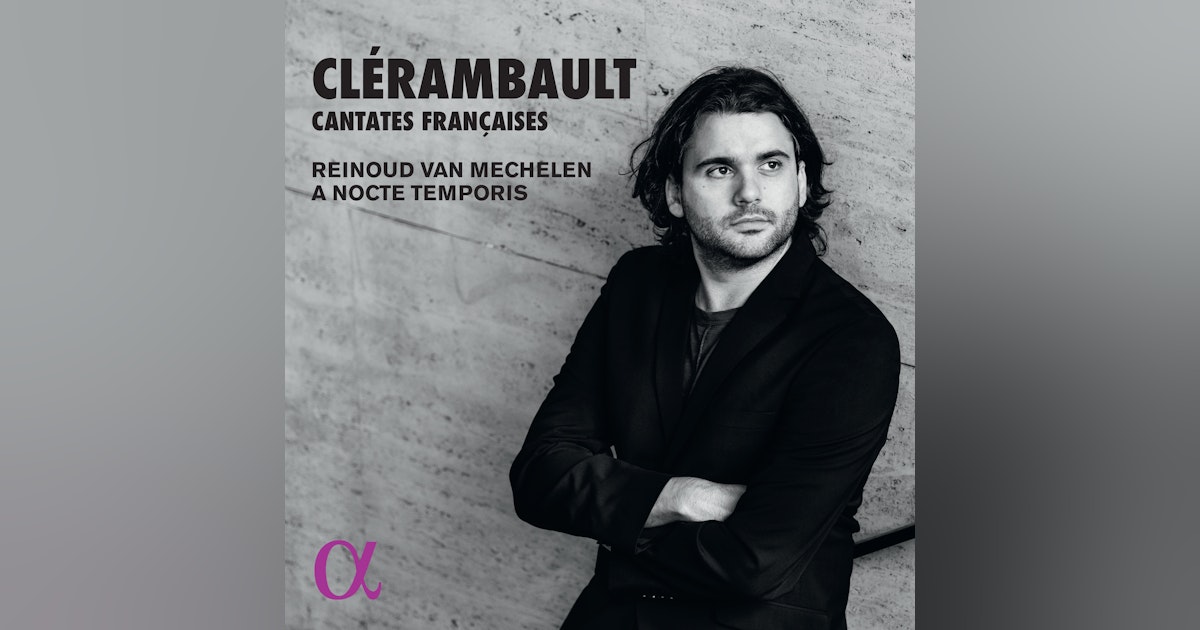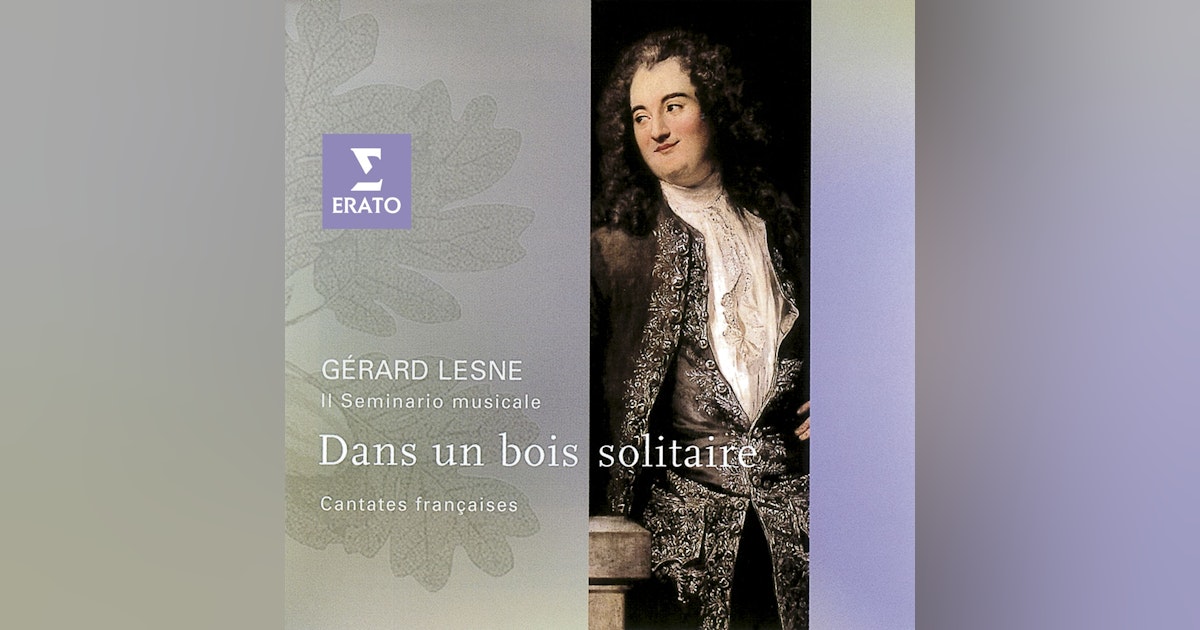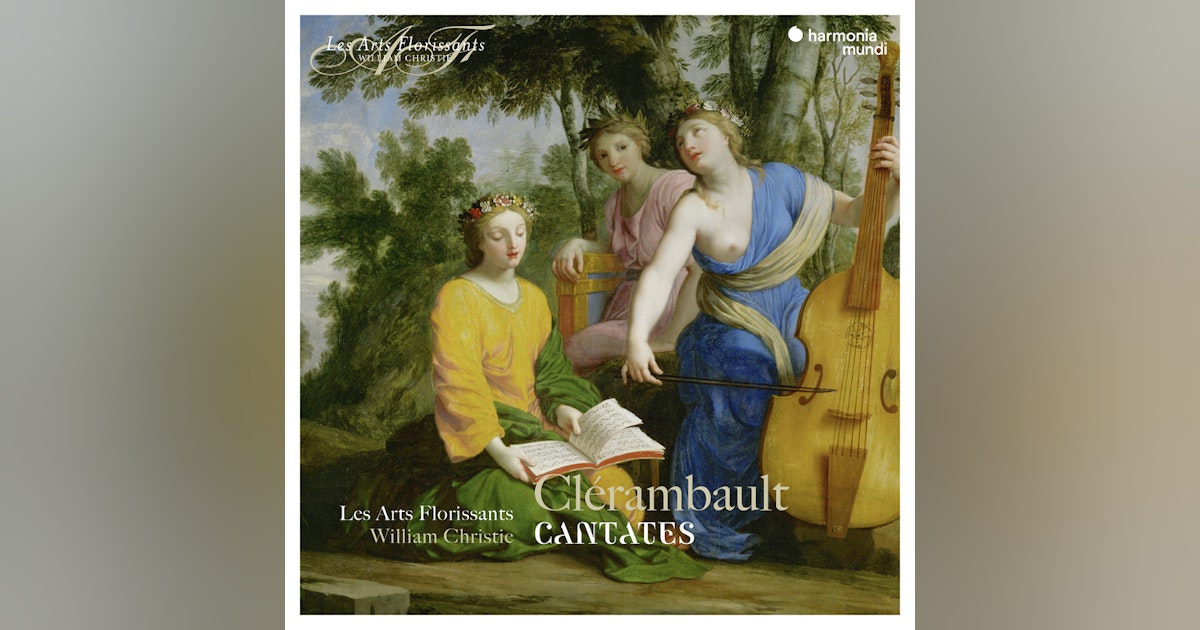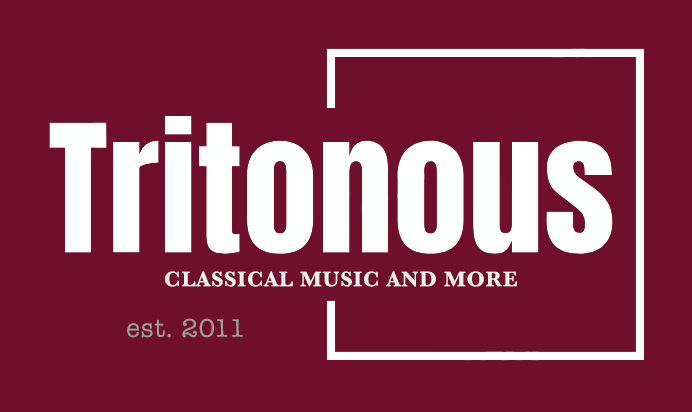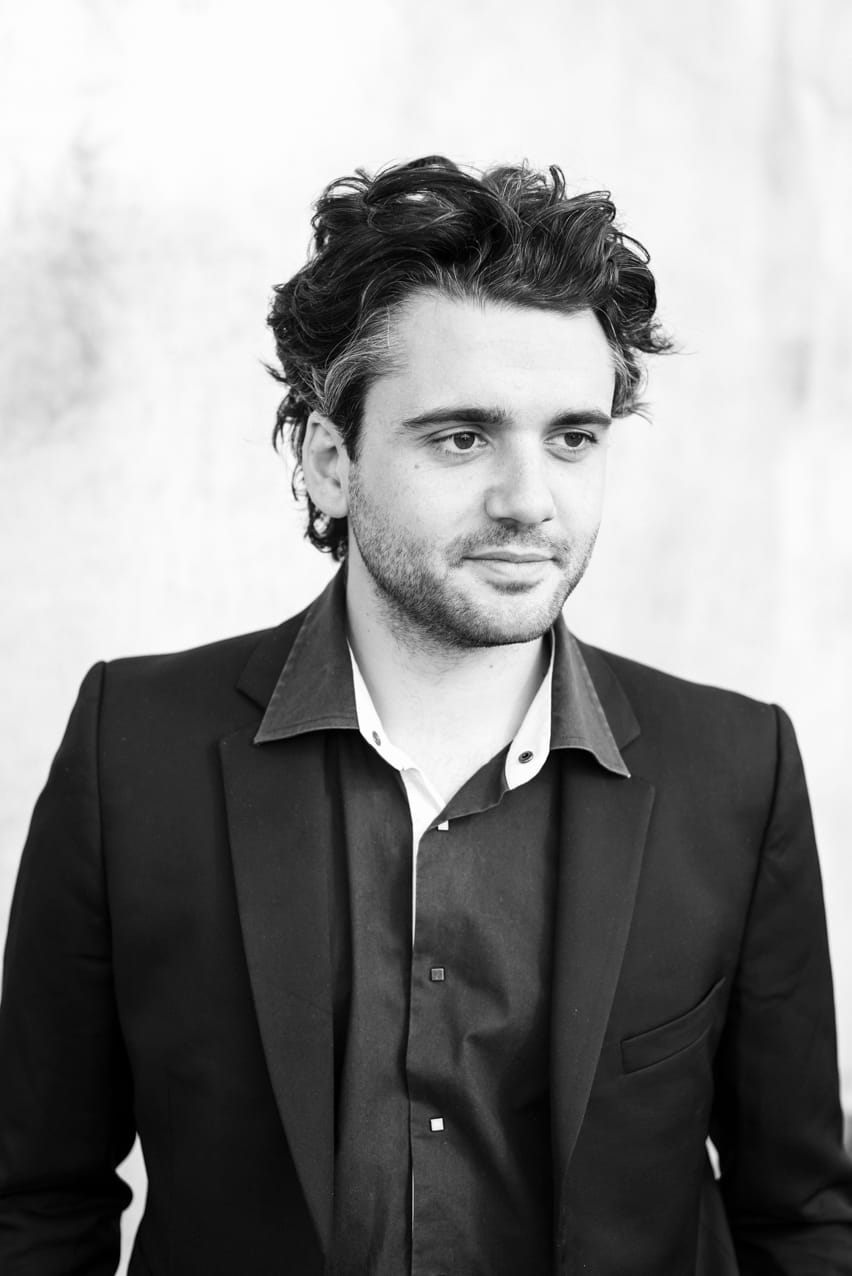
Itinéraire baroque en Périgord 2025 (1): Opening Concert, Pirame et Thisbé A Nocte Temporis; Reinoud van Mechelen (high tenor / director). Église Saint-Étienne-de-la-Cité, Périgord, France, 31.07.2025
Clérambault Cantatas: Apollon; La Jaloux; Pirame et Tisbé
Jacquet de la Guerre Trio Sonata in B flat
Once more unto the breach … Ton Koopman’s extraordinary Baroque festival in France’s beautiful Périgord region offered up its newest procession of Baroque jewels. This ‘Ouverture’ was actually preceded by the performance of Molière and Lully’s Georges Dandin the previous night, with the Ensemble Marguerite Louise under Gaétan Jarry (known from their many performances and recordings at Versailles: most recently David et Jonathas).
La Nocte Temporis comprises Anna Besson, transverse flute, Joanna Huszcza, violin, Beatrice Martin, harpsichord; Ronan Kernoa, viola da gamba, plus, on this occasion, Reinoud van Mechelen, a high tenor who has previously impressed in Richard Cœur de Lion at Versailles.
A Nocte Temporis is no stranger to this repertoire: their Alpha recording of Apollon, Le jaloux, Pirame and, in addition, L’Amour, guéri par l’amour, appeared in 2017. That said, only two musicians are constant: Anna Besson and van Mechelen. But there is nother important difference: acoustic. The disc was recorded in Sint-Truiden; here, it was the massive Église Étienne-de-la-Cité, the first Roman Catholic cathedral in Périgeux. The acoustic eats detail like a ravenous teenager eats fried chicken. It is still possible to tell, though, the glorious quality of this music, and van Mechelen’s excellence.
Clérambault’s combination of French lyricism with Italianate warmth is a winning one. The cantata on peace Apollon was part of the Cantatas: Mellées de Simphonies, Livre IIIe, Paris, 1716. The piece concentrates on peace as the end of the King’s reign was characerised by war. Here, a shepherd sits on the banks of th Seine, singing a lament, only to fall asleep. Lightning strikes his eyes; Apollo(n) appears, announcng peace and blessings, and the triumph of the King. The shepherd is taken by Apollo to hear he song of the Muses, who sing praise to Louis XIV.
The instrumental opening was delicate and tender; the singer enters with a recitative announcing dawn. From the third row, every one of van Mechelen’s words were clearly audible, each affect closely noted. The air, ‘Doux répos de l’indifference’ (Sweet resting places of indifference) found Besson’s flute shining in emotionally laden duet with van Mechelen. The appearance of a memory (‘Un souvenir top cher’; An all oo cherished memory) cedes to the contrasting ‘Felicité vaine et trompeuse’ (Vain and deceptive felicity), moments that move towards extreme darkness. The music becomes clouded, dark, and again voice and flute alone speak of desolation.
The violin does a trumpet imitation for the air, ‘Un bruit lointain descaltantes trompettes’ (A distant sound of blaring trumpets; it is not separately tracked in the Alpha recording). While the acoustic struggled to relay the instrumental detail of ‘Ce n’est point pour servir les volges amours’ (It is not to serve fickle lovers). The flow of the recitative that followed was most impressive though, leading to the final ‘Héros des siecles passées’ (Heros of ages past), a celebration both ‘gai’ and ‘gracieux,’ as the score requires. The violin plays a major part here, and Joanna Huszcza was the perfect partner to van Mechelen.
A jealous man is the subject of the next cantata (Le Jaloux), this time from French Cantatas in I and II Voices, With and Without Symphony, Book I, Paris, 1710. There is no action as such here, just one emotion (but a very common one!). There is a hook though: the object of the jealous man is Iris, who is also the beloved of a warrior, torn away by a war. The result is markedly conflicting emotions for our poor protagonist. The comprehension of structure by Van Mechelen and A Nocte Temporis was perfect: the air, ‘Je consens que la victoire’ (I gladly accept that victory [may cover this brow with laurels]) was florid and yet shot through with sadness; the high tenor range easily in Van Mechclen’s reach. And how impactful was the following cry of ‘Hélas’ (Alas!); how busy and exciting the air, ‘Dieu des Amants prens ma defence’ (God of Lovers, take my defence!). Van Mechelen’s agility is as impressive as his range (he can sing mightily high!). And what a great way to close, the final air, ‘Reviens, printemps’ (Return, Spring; marked ‘Gracieusement et piqué’).
Not more Clérambault next, but some Elizabeth Jacquet de la Guerre (1665-1729), performed on violin, flute and basso continuo. This was a performance of great power as well as vigour; Jacquet de la Guerre’s exuberance of counterpoint is infectious. There is such depth here, and such lightness, too (the two are heard in the opening movement, side-by-side). This was a performance of grace and beauty; nice to have the violin/flute delineation, too (it is often heard with two violins).
Finally, probably Clérambault’s most famous cantata, Pirame e Thisbé (Piramus and Thisbe), two star-cross’d lovers from Babylon, the story probably in its most famous form in Ovid’s Metamorphoses; and while English readers might well know it from Shakespeare’s lampooning of the Mechanicals in A Midsummer Night’s Dream, it was actually Chaucer who was he first to set it in English, in the 1380s. Two major recordings exist in the catalogues as well as Van Mechelen’s: Gérard Lesne and Il Seminario Musicale, and Les Arts Florissants under William Christie. We are spoiled indeed.
There was no doubting Van Mechelen’s involvement in this Dordogne performance. His first entrance is perilously high, and was despatched with such strength and confidence. This is a recitative, but has the lyricism of an aria. Clérambault’s structure is perfect: the ensuing air, ‘Si vôtre tendresse est extrême’ (If your affection for me is strong) the epitome of graciousness. But drama is here, too: the viola da gamba scales (more gestural uprushes) in the recitative ‘Elle cherchoit l’amant qui la tient asservie’ (She was seeking the love who held her in his thrall) remarkable from Ronan Kernoa.
Yes, there is a reason this is the best known of the Clérambault cantatas; it is dramatic. But the reminder of the programme was just as astonishing (as is L’amour guerri de l’amour on the Alpha disc, which contains some remarkably effective threadbare scoring.)
Acoustic aside, a great start to Itinéraire Baroque 2025. he Alpha disc referenced above is available here.
